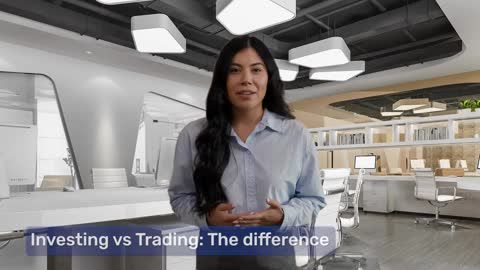Front running is an unethical or illegal trading practice where a broker or trader executes trades in anticipation of large client orders. The goal is to benefit from the price movements that these large orders are likely to cause.
Here is how it typically works:
- A broker, privy to a client’s large buy or sell order, places their own trade ahead of executing the client’s order.
- For example, if a broker knows that a client plans to purchase a significant number of shares in a company, they may buy shares beforehand. Once the client’s large order is executed, the demand pushes the stock price higher, allowing the broker to sell their shares at a profit.



















